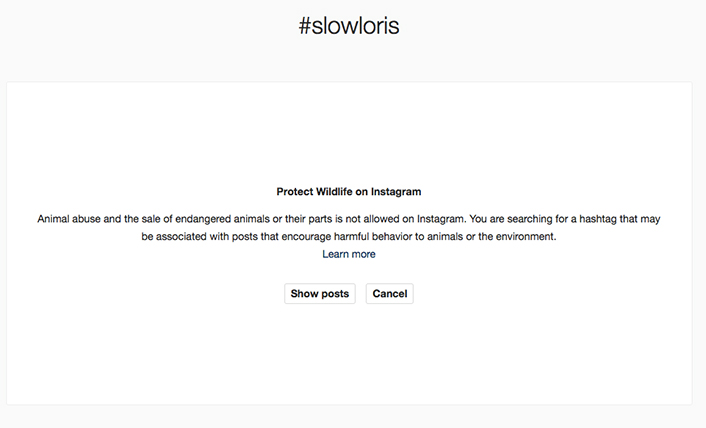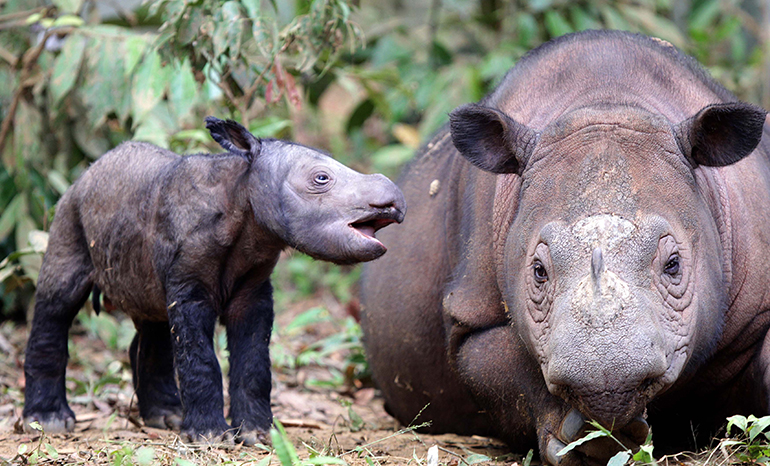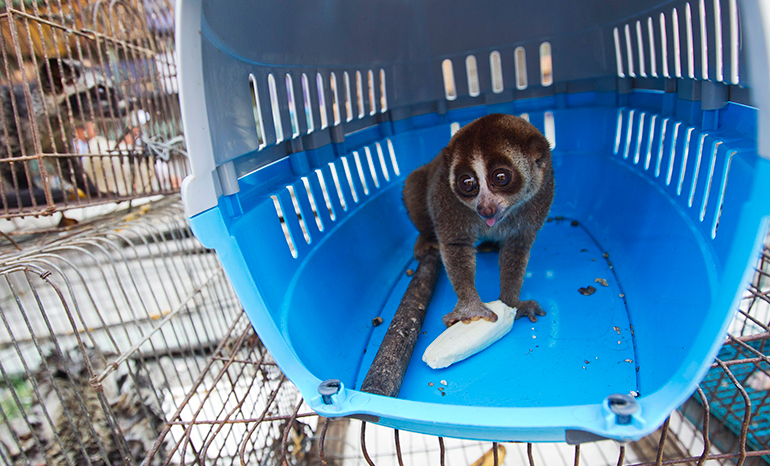On Monday, the International Union for Conservation of Nature (IUCN) released an updated version to their red list, which ranks vulnerable wildlife and crops that are at risk of becoming extinct.
The new list has found that thousands of new species are under threat of becoming extinct within the next few decades if immediate initiatives are not carried out to protect them.
Southeast Asia was once reported by Nature magazine as containing six of the world’s 25 biodiversity hotspots for conservation. So in light of this new report from IUCN, we’ve highlighted a couple of cases from the region that were given an endangered, or lower, status on the updated red list.
For context, the IUCN provides a grading scale for how seriously they consider a species to be at-risk for extinction. These categories are broken down as such:
- LC: least concern, lowest risk possible for a species
- NT: near threatened, likely to become endangered in the near to distant future
- VU: vulnerable, a high risk of endangerment in the wild
- EN: endangered, this species is endangered in its wild habitat
- CR: critically endangered, extreme risk of this species becoming extinct in the wild
- EW: extinct in the wild, a species is only known to survive in a captivity
- EX: extinct, there are no known species alive anywhere
Javaan Slow Loris
Red list status: EN (2008) to CR (2013)
Habitat: Java and Indonesia
The previously little known primate from the forests of Southeast Asia was thrust into the limelight through a series of viral internet videos in 2009. Since the popularity of Slow Loris videos, a rise in trafficking has surged to meet the demand of the illegal pet trade, one that swelled thanks to people craving a nocturnal primate of their own.

For now, illegal trade of the Slow Loris has gone cyber with buyers and sellers discussing costs on online platforms like Facebook. This discussion is in complete violation of local laws and also sidesteps police and wildlife authorities that are unable to regulate a virtual marketplace.
Pangolin
Red list status: NT (2008) to EN (2013)
Habitat: South and South East Asia
The world’s most trafficked mammal is critically endangered thanks to its meat being considered a delicacy in China and their scales occasionally being used in the production of crystal methamphetamine. Only last month, over 100 of the solitary, primarily nocturnal animals were seized from a fishing boat off the coast of Sumatra. On the black market, this amount of the wild animal would’ve accumulated to a street value of $1.5m.
https://www.instagram.com/p/BcEsGJljAnc/?tagged=pangolin
And in June, authorities discovered 223 pangolins as well as nine large bags of pangolin scales in a warehouse near Medan, North Sumatra.
Malayan Sun Bear
Red list status: VU (2008) to VU (2017)*
Habitat: Malaysia
The smallest bear in the world is of course susceptible to habitat loss because of logging, but it is in fact traditional Asian medicine that is driving the population to perilous lows. Traditional medicine from the region prescribes bear fat, gall, meat, paws, spinal cord, blood, and bones for a range of medical disorders. Likewise, bear entrees including sun bear paws are popular menu options in restaurants across China and Taiwan.
It’s #TongueOutTuesday & Malayan sun bear Somnang is showing off his extremely long tongue. #DYK their tongues are up to 25cm long! #funfact pic.twitter.com/ENioz3FMXG
— Edinburgh Zoo (@EdinburghZoo) April 18, 2017
*Scientists collecting data for the red list said in their assessment that though this species was given a vulnerable status, the reality of the animal’s protected state could actually be much worse off. But given that they are “lacking direct empirical estimates” on the bear’s population trends from the past 30 years, it’s difficult for them to confidently rank it with a lower grade of endangered, though they suspect it could be closer to that.
Batang Toru Orangutan
Red list status: not assessed
Habitat: Sumatra, Indonesia
On 2 November, an entirely new species of orangutans was discovered hiding in the forests of Sumatra. Despite the excitement of a new species discovery, researchers claim they are in fact the most endangered of the great apes, with a population of fewer than 800. According to the scientists who discovered the species, their survival is threatened by activities such as illegal road construction, unlawful trade and poaching by humans.
New Orangutan species is world’s most endangered great ape – Pongo tapanuliensis or the Tapanuli orangutan pic.twitter.com/eA7G84lQ9N
— ZoologiMY (@ZoologiMY) November 4, 2017
Snub Nosed Monkey
Red list status: EN (based on estimates) to CR (2012)
Habitat: Northern Myanmar
In a similar situation to the Batang Toru Orangutan is the Snub Nosed Monkey, which was found in 2010 and only shortly after discovery it was labeled critically endangered. The monkeys live only in the remote high forests of northern Myanmar, near the border with China, and are believed by researchers to have less than 330 within their entire population. Illegal logging, a planned hydropower development and hunting – as well as an ongoing civil crisis – threaten to drive this species into extinction.
Sumatran Rhinoceros
Red list status:
Habitat: Sumatra, Indonesia
The Sumatran Rhinoceros is the most endangered of all rhinoceros species. Over the past 20 years, this Southeast Asian population has witnessed a decrease in size of 70%. In 2008, the population was estimated to be at 275, but the latest record from seven years later says the official figure rests at closer to 100 individuals. Scientists, however, believe the actual number of these rhinos who remain active in the wild is likely much drearier. Even as the Sumatran rhino verges nearer to extinction, ranger protection efforts have been undercut by a lack of support and blind-eye approach from the Indonesian government.



